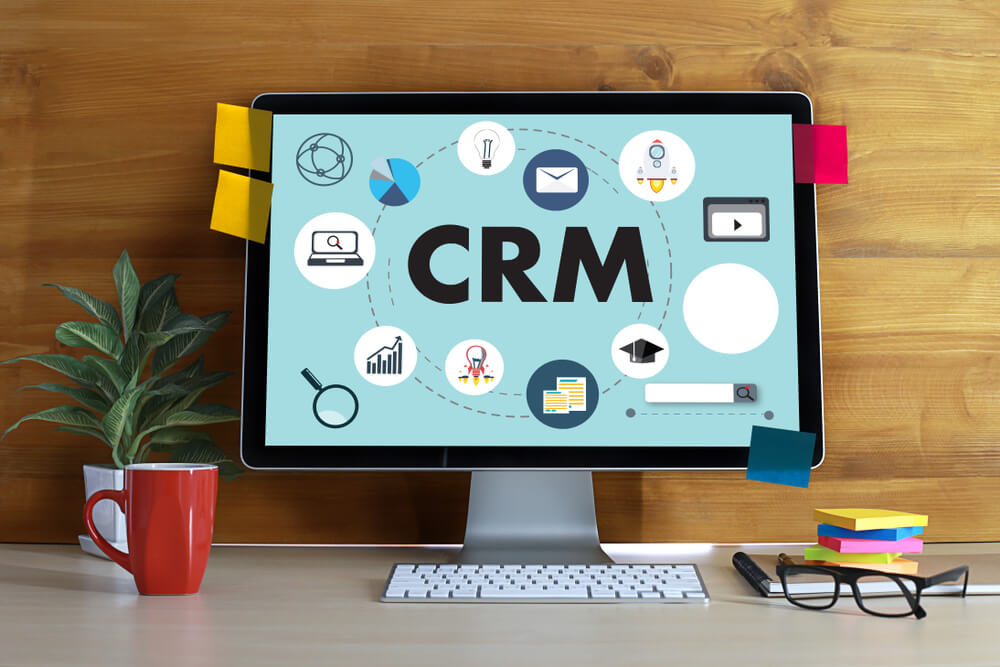1. Not everything at once
The most common scenario looks like this – the customer writes down all the ideas about the solution he needs. He sends a ready document with hundreds of pages to the market with the question: For how much and when can you do it for me? The most common answers are: for a dozen or so millions, project implementation in 5 years. As you can guess, the customer is not satisfied with these answers and often gives up the project.
So how do you approach the valuation so as not to be discouraged at the very beginning? Choose the most urgent problems and set a minimum range of services (Minimum Viable Product) that will be beneficial. Work with the small steps method. Thanks to this, you will quickly notice the effects and you will have the enthusiasm for further work.
2. Involve key stakeholders and beneficiaries
Another important thing is to select all people from the company that should affect the functionality of the tool that will be implemented. This will allow avoiding the situation when a new stakeholder, who joins the project during the work, blocks it because his needs have not been taken into account earlier. There may be weeks of downtime in the project when we redefine its scope. I do not think any of us would like to be in such a situation.
3. Get to know your customer’s business goals
Sometimes it happens that during the gathering of requirements and consultations between departments, formalities are absorbing us so much that we lose sight of what is most important – business goals. And they are the driving force of the whole machine related to the implementation of CRM system.
If we do not remember about them at every stage of the work, verify and specify them, it may turn out that we implement a system in line with guidelines from the IT department, for resources that were intended for this purpose, but not meeting business expectations and not meeting their needs.
4. Give business control over the project
Why should business be responsible for the project? It’s easy – because it will use the effects of the project. Of course, the Product Owner should have the support of the Project Manager (that is a representative of the IT site), but the burden of analytical work, planning, reception of subsequent stages should be the responsibility of the business representative.
A supplier’s consultant who knows the tool perfectly advises the Product Owner. This consultant can suggest which features of the chosen solution and in what order should be implemented so that the final effect corresponds to business goals.
5. Choose ambassadors
Who are the ambassadors? They are people from various departments involved in the project from the beginning who understand the business objectives of the introduced changes and help the board in exposing the benefits of implementing the new tool to the other employees of the company. Thanks to the inclusion of such people, there is a growing chance of success of the project and high adoption of the system. Future users of the tool will notice its value and will be happy to use it.
6. Take care of cooperation between IT and business
Close cooperation between business and IT should be taken care of at every stage of the project. Most often, these departments do not cooperate and have separate points of view. Everyone cares about their needs, which eliminates the wider picture, that is the business objectives of the whole organization, which, finally, as one company is to benefit from the implemented solution. IT must prepare a plan of architecture and integration with other systems, and business should focus, together with the implementation partner, on the creation of the implementation scope based on the set goals. Check also what mistakes to avoid when implementing the CRM system.
7. Done is better than perfect
The last and probably the most important advice. Probably each of us would like to work in an ideal environment, on ideal systems, in an ideal business environment. However, it is simply impossible to achieve such a situation. So instead of wasting time perfecting each element of the project, it is better to implement a solution that brings business benefit (MVP) as soon as possible and start earning money on it. Sometimes it is possible in a few weeks from the start of the project. Once this happens, we can improve it and add more elements that will make more and more benefits.
- Craftware CEO
-
IT architect, president and co-founder of Craftware, which in 2019 won awards for the best Salesforce partner in the region “TOP EBU Partner FY19” and “TOP Marketing Cloud Partner FY19”. Experienced consultant for digital transformation and CRM, as well as solutions and integration architect.

